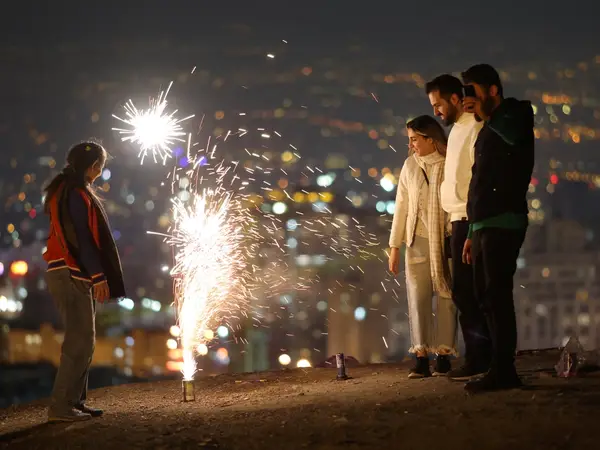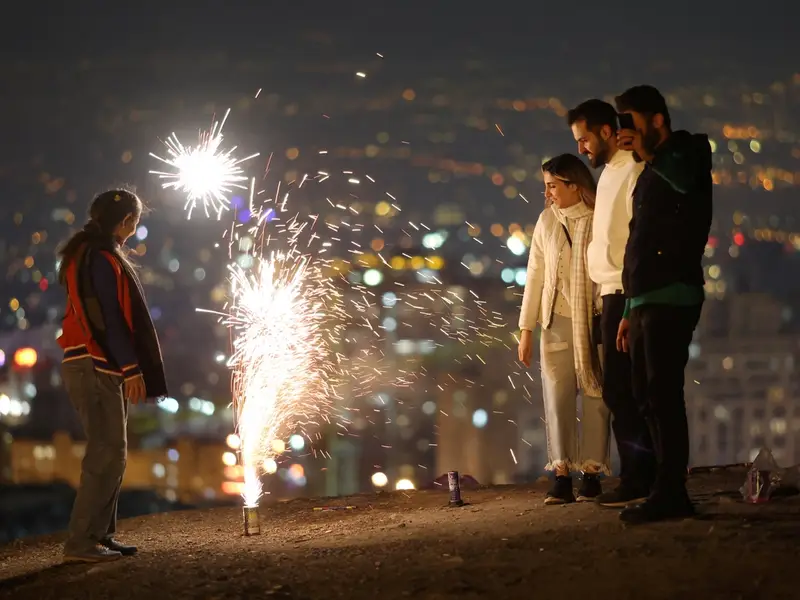Iran's annual fire festival, Chaharshanbeh Suri (Charshanbeh Souri), reverberated with chants against the regime in solidarity with the nationwide uprising with multiple deaths amid gatherings.
Celebrated on the eve of the last Wednesday of the year, Chaharshanbeh Suri holds ancient Zoroastrian roots and marks the first festivity of Nowruz, the Iranian New Year.
Despite the festival's traditional origins, this year's event took under a political tone as citizens expressed their discontent with the government. The streets echoed with cries for freedom and support for the ongoing uprising across the country.
The high turnout at the festival ceremonies was accompanied by incidents and accidents. Babak Yektaparast, spokesman for the National Emergency Organization, reported that 15 people lost their lives in incidents related to the festival in recent days, indicating a 20 percent decrease compared to the previous year.
Images and videos captured by Iran International revealed the festival's transformation into a platform for dissent, with many Iranians seizing the opportunity to voice their grievances against the government. Families of those lost in the nationwide uprising also used the occasion to honor the victims of the Women, Life, Freedom movement, sharing their stories through photos and videos.
One citizen reported a symbolic act of protest: the burning of an image of Ayatollah Khomeini, the founder of the Islamic Republic, during the festival.
Throughout the festivities, slogans like "Freedom, freedom, freedom!" in Rasht and "Woman, Life, Freedom" in Tehran resounded, serving as powerful expressions of resistance against the policies of the Islamic Republic.
Videos from the event showcased citizens defiantly dancing and removing their hijabs, a symbol of the uprising which began in 2022 in the wake of the death of Mahsa Amini.

